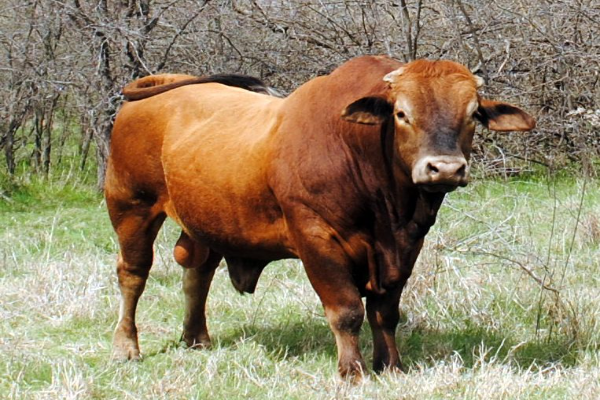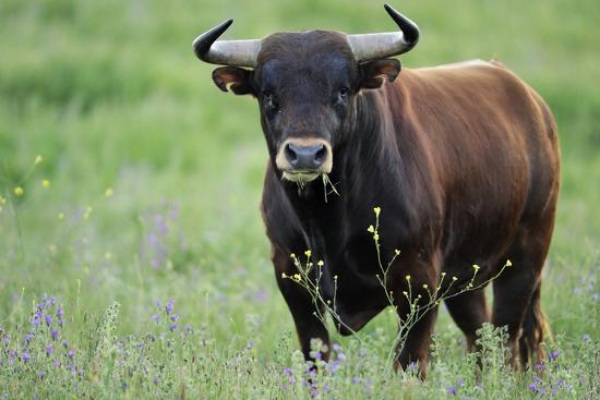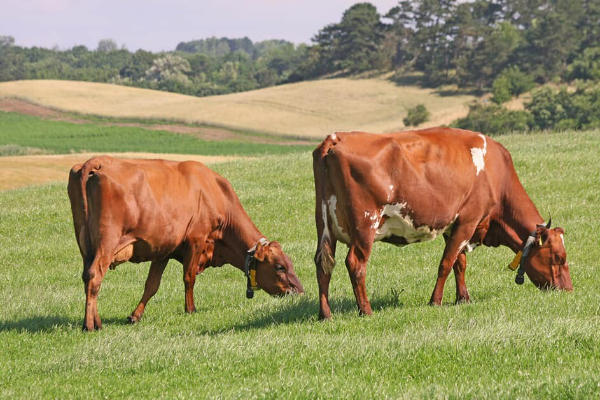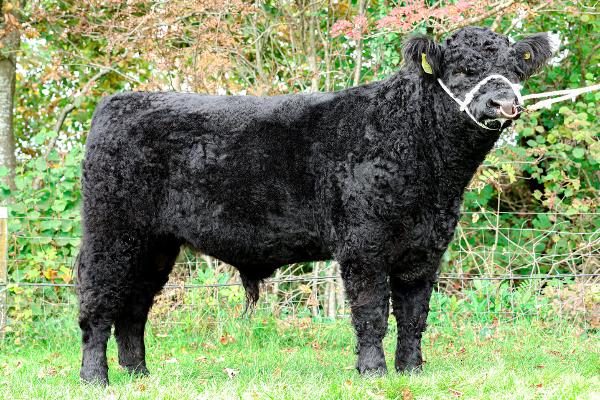Akaushi Cattle
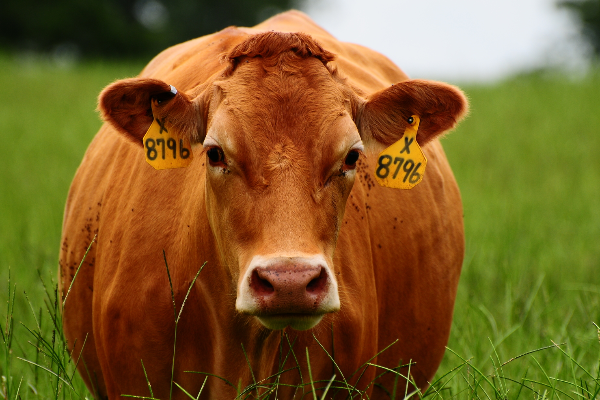
Over
the past century, the Akaushi cattle were fondly considered Japan’s “national
treasure.” Their genetics were strictly guarded and unshared with the
international cattle market.
A
monumental effort during a short window in trading regulations, eight Akaushi
cows and three bulls were shipped out to the U.S. in 1994.
Accordingly, the Akaushi cattle has been regarded as one of the rarest breeds in the world.
How Much Do We Really Know About The Akaushi Cattle?
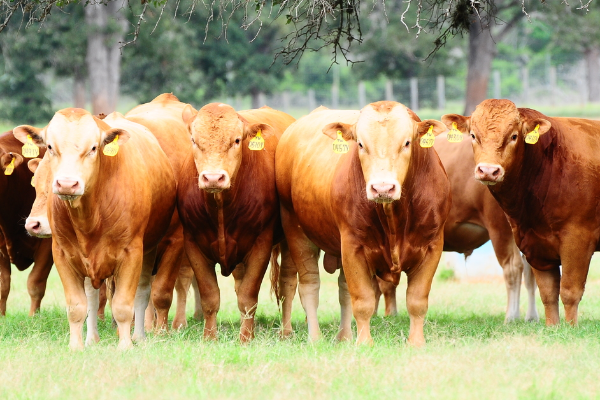
The Akaushi Cattle, also known as Red Wagyu or Akaushi Wagyu, is a red Japanese breed. "Akaushi" means "red cow" and Wagyu means "Japanese cow".
The Akaushi Cattle is a bos taurus breed originated in Kumamoto, Japan more than a century ago. Kumamoto is located in the middle of Kyūshū island at a latitude of 320 48’ North and 1300 42’ East, in the northwest part of the Kumamoto Prefecture.
This breed is one of Japan’s four indigenous breeds. They did not exist outside of Japan until 1994, the year eight females and three males were shipped to the US. In 1994 the nucleus of the Akaushi herd was brought to the United States. The same closed herd and multi-trait selection process used in Japan, is now used in the United States by the American Akaushi Association members.
Coupled with the recorded parentage of the U.S.-born calves, the lineage of the American Akaushi can be traced back over 30 generations to the origin of the breed. American Akaushi cattle are 100 percent pure and are direct descendants of the Mount Aso Region's revered Akaushi herds.
Today, the Akaushi Cattle population in the US is
about 1,000 full-blooded Akaushi bulls, and 8,700 full-blooded Akaushi cows.
What Is The History Of The Akaushi Cattle?
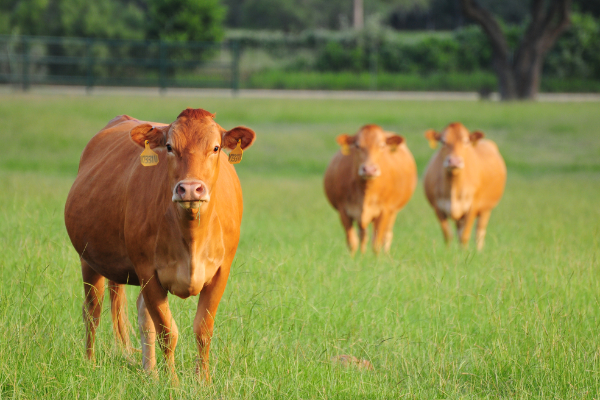
Cattle breeds are divided into two kinds in Japan. One of them comprises dairy cattle, including mainly Holsteins, grade Holsteins, and Jerseys. The other type is beef cattle, nearly all of which are called Wagyu.
The word Wagyu refers to all Japanese cattle by its direct translation of its two grammatical parts, “wa” and “gyu” meaning Japanese and cattle, respectively. The Wagyu cattle are the Japanese indigenous breeds, which have been subjected to a genetic improvement over the last 90 years.
Today, there are four breeds of Wagyu cattle, the Akaushi (Red Wagyu or Japanese Brown), the Japanese Black (Black Wagyu), the Japanese Polled, and the Japanese Shorthorn. A small number of Aberdeen Angus, Hereford, and Charolais have been integrated into the beef breeds of Japan as well.
Native Wagyu cattle of the 1800s were small in size and mainly used for draft proposes. These original cattle populations were the result of the first bovine migrations to the western half of Japan around the second century from Northern China via the Korean peninsula.
Thus, cattle from South Korea migrated to southern Kyūshū at the same time and were blended with local types. Hip height measurements for adult females were about 112 cm and 123 cm for adult males. In contrast, these sizes are comparable to 8 and 11 month-old modern Akaushi calves, respectively. Apart from the meat quality, native Wagyu had a poor milking ability, low growth rates, and were poor food converters.
Breed history records show that a great variation in red coat color was common on native types of cattle of the Kyūshū district. After the Meiji restoration in 1868, the new Japanese government sought to improve the indigenous Wagyu cattle for the first time, and by the 1900’s Simmental and Devon cattle were imported from Switzerland and England to cross with the native cattle raised over the years in the Kumamoto prefecture.
Accordingly, from 1900 to 1912, the upgrading process by European breeds was popular in the breeding of the native Wagyu cattle. The results of these crossbreeding programs, however, were not always successful.
The first and second generations were improved mainly as a result of heterosis responses resulting in rapid growth and increased milking performance. However, this new type of animal was very inefficient in performing the rice field cultivation practices, had poor meat attributes, and poor dressing percentages.
Therefore, Japanese farmers began to prefer the small and indigenous type of cattle again. Meanwhile (since 1912), the lifestyle of Japanese society was improving gradually and the demand for meat was increasing.
Since the most desirable type of cattle in those days was too small and inefficient in the production of good red meat, the improvement of cattle was recommended again by the Government.
Thus, the cross-breeding process continued until 1925. After this selective cross-breeding stage, two distinct strains of Akaushi were defined, the Kumamoto and the Kochi types. The Kumamoto Akaushi was strongly influenced by Simmentals and Devons with a very small influence of South Korean cattle.
On the other hand, a high proportion of Korean genetics was maintained to develop the Kochi type. Therefore, these two strains of Akaushi differ greatly in their breed characteristics.
The Kochi Red Wagyu has a profound resemblance to the original native Korean cattle characterized by their small size, refined bone structure and lack of muscle development.
In addition, the Kochi type is black
pigmented around the nose, feet, and legs. The Kumamoto Red Wagyu cattle more
closely resemble modern Western beef cattle.
The Akaushi Cattle Gaining Official Breed Recognition
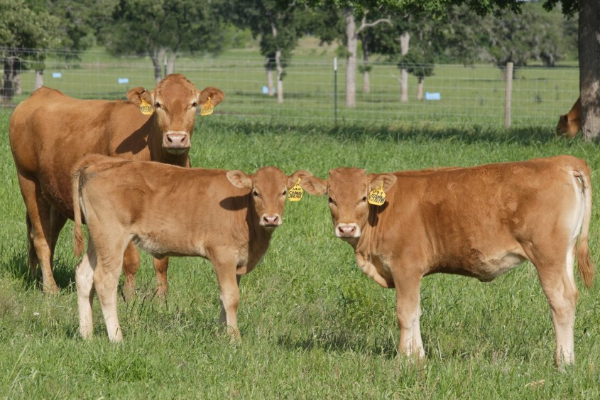
In order to identify and fix specific conformation and quality traits from the various breed types resulting from the crossbreeding, a registered association was established in 1923.
Then, in 1944, it was officially recognized as a breed and given the name Japanese Brown because of its distinctive brown color (Nishida, 1973). After 22 years of practicing this selective registration system, Akaushi cattle were fairly uniform.
The use of Akaushi as draft cattle gradually shifted to beef production, due to the mechanization of agriculture and increasing demand for beef. Accordingly, in 1957, draft performance was the primary objective for improvement, while meat performance was secondary.
Later on, in 1966, draft performance was completely omitted from the breeding objectives. In 1974, a central performance and progeny testing system was established to produce superior sires by embryo transfer.
In addition, a unique dam evaluation system was implemented for the first time with the idea to speed up the rate of genetic improvement. It should be pointed out that 82% of Akaushi registered females and all of the primary sires, have been raised in the Kumamoto Prefecture.
Therefore, the Kumamoto Prefecture plays an important role as a nucleus population for the breed. This carefully controlled environment, along with the Japanese government’s interest in improving this distinctive line of cattle – designated as a protected breed – reaped enormous benefits for the Akaushi breed.
Carefully controlled breeding programs, intensive research, and study on the traits of these cattle have led to a breed that produces consistent and uniform highly palatable beef.
The Akaushi Cattle Arriving In The United States of America
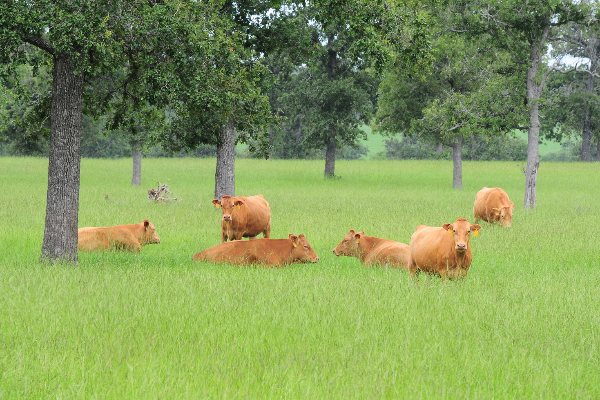
A small number were exported to the United
States in 1994.
In 1994, new genetic lines of
the Akaushi cattle were imported into the state of Texas, United States and
they represent the largest Akaushi breeding nucleus outside of Kumamoto, Japan.
What Are The Characteristics Of The Akaushi Cattle?
The Akaushi Cattle high marbling breeds of cattle consist of animals that have black or red coats. Bulls are of moderate size are very tame and are highly fertile.
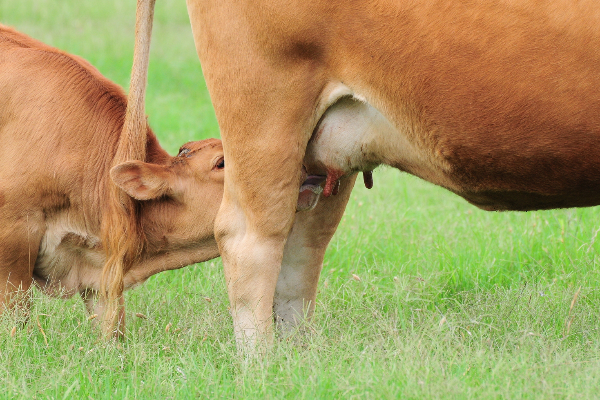
Genetic
Codes and Distinctions
For over 100 years the Akaushi cattle breed has been subjected to intense genetic improvement. Eighty plus years ago the Japanese Association of Akaushi was created in order to collect, manage, and process all Akaushi data.
The association has collected carcass performance, breeding pedigrees, and economic data for every animal in the entire breed. This data has been used in the selection of every Akaushi dam and sire over the last half-century.
During the same period, this data has also been used to select prospective sire and dam lines to be utilized for further genetic improvement. Consequently, new sire and dam lines are only released for general production after they have been proven by extensive and accurate statistical analysis.
As a result of this unique closed system and multi-trait selection process, the Akaushi cattle breed is extremely uniform and consistent throughout its genetic line for all maternal, structural, fertility, carcass, and palatability traits. No single trait has been sacrificed to develop this superior breed.
Therefore, the Akaushi cattle genetics may be the final ingredient to create an animal that will perform efficiently, improve consistency, maintain uniformity and maximize the gap between profit and loss.
Adaptation
The Akaushi cattle adapt to a wide range of climatic conditions. Like other Bos Taurus breeds, Akaushi cattle have the ability to live in extremely hot weather and its natural adaptability to live in extreme weather conditions (cold or tropical).
Akaushi cattle’s ability to marble well on grass forage makes this a breed that is easy to manage.
They
developed smooth coats and thick loose skin making them ideally suited to hot
humid conditions but they do well in all climates even as far north as Montana.
Fertility rate
The Akaushi cattle have highly marbled carcasses and make favorable crosses. This is due to their low calf weight of 60-65lbs, making birthing easier, and high fertility.
Female Akaushi cattle have high sexual precocity. They tend to produce until 18 plus years of age due to bone structure.
This high fertility has yielded excellent results in reproductive technology such as embryo transfer and artificial insemination.
Bulls have been known to cover 50 cows
during the breeding season, unlike western breeds that only cover 25 cows.
Production Capacity and Performance
The Akaushi cattle beef contains a higher concentration of monounsaturated fat relative to saturated fat, which the American Heart Association notes can lead to lower cholesterol, the prevention of coronary heart disease, and weight loss.
It is a significant source of oleic acid – the compound in olive oil that the USDA touts as “good for the heart”.The Akaushi cattle beef naturally contains intense marbling.
It is generally recognized that fat is responsible for the palatability of beef, but it is actually the monounsaturated fat that is responsible for the flavor. The marbling in Akaushi cattle beef contains a much higher percentage of monounsaturated fat than any other beef in the United States.
As a result, Akaushi beef has a rich buttery flavor as well as juiciness and tenderness throughout.
What Is The Weight Of The Akaushi Cattle?
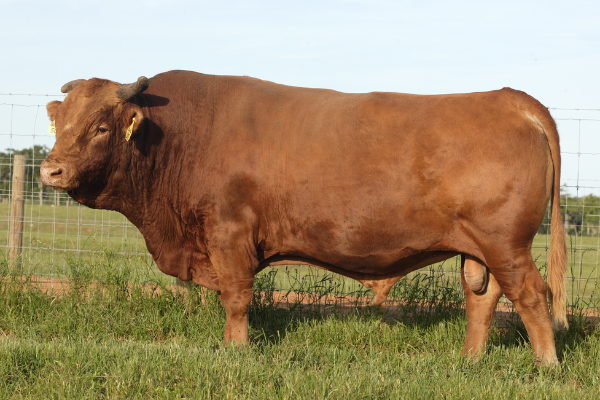
Lower birth weights allow the greatest calving ease for these cattle. 30-40 kg is a representative range of weights for the Akaushi cattle calves.
However, bulls weigh about 1,700 to 1,800 pounds at maturity.
Sources
http://afs.okstate.edu
https://www.akaushi.com
https://www.internationalakaushi.com
https://www.americancattlemen.com
https://twinwoodcattle.com
https://en.wikipedia.org
http://www.vbarvwagyu.com
https://www.thecattlesite.com

Written by
Researcher Ghost Writer
EditorBreedsMore
IllnessesMore
Forage cropsMore
![]() Патологическая физиология голодания Arina TARAN
Патологическая физиология голодания Arina TARAN![]() Дефицит фосфора (гипофосфатемия) Hipofosfatemi Arina TARAN
Дефицит фосфора (гипофосфатемия) Hipofosfatemi Arina TARAN![]() Какие бывают кормораздатчики для ферм КРС? Irina Makarova
Какие бывают кормораздатчики для ферм КРС? Irina Makarova![]() Кормушки для овец Diana Myakisheva
Кормушки для овец Diana Myakisheva![]() Питание домашних коз: что едят, виды корма и правила кормления Alina Arslantürk
Питание домашних коз: что едят, виды корма и правила кормления Alina Arslantürk![]() Важность минералов питании сельскохозяйственных животных Irina Makarova
Важность минералов питании сельскохозяйственных животных Irina Makarova

